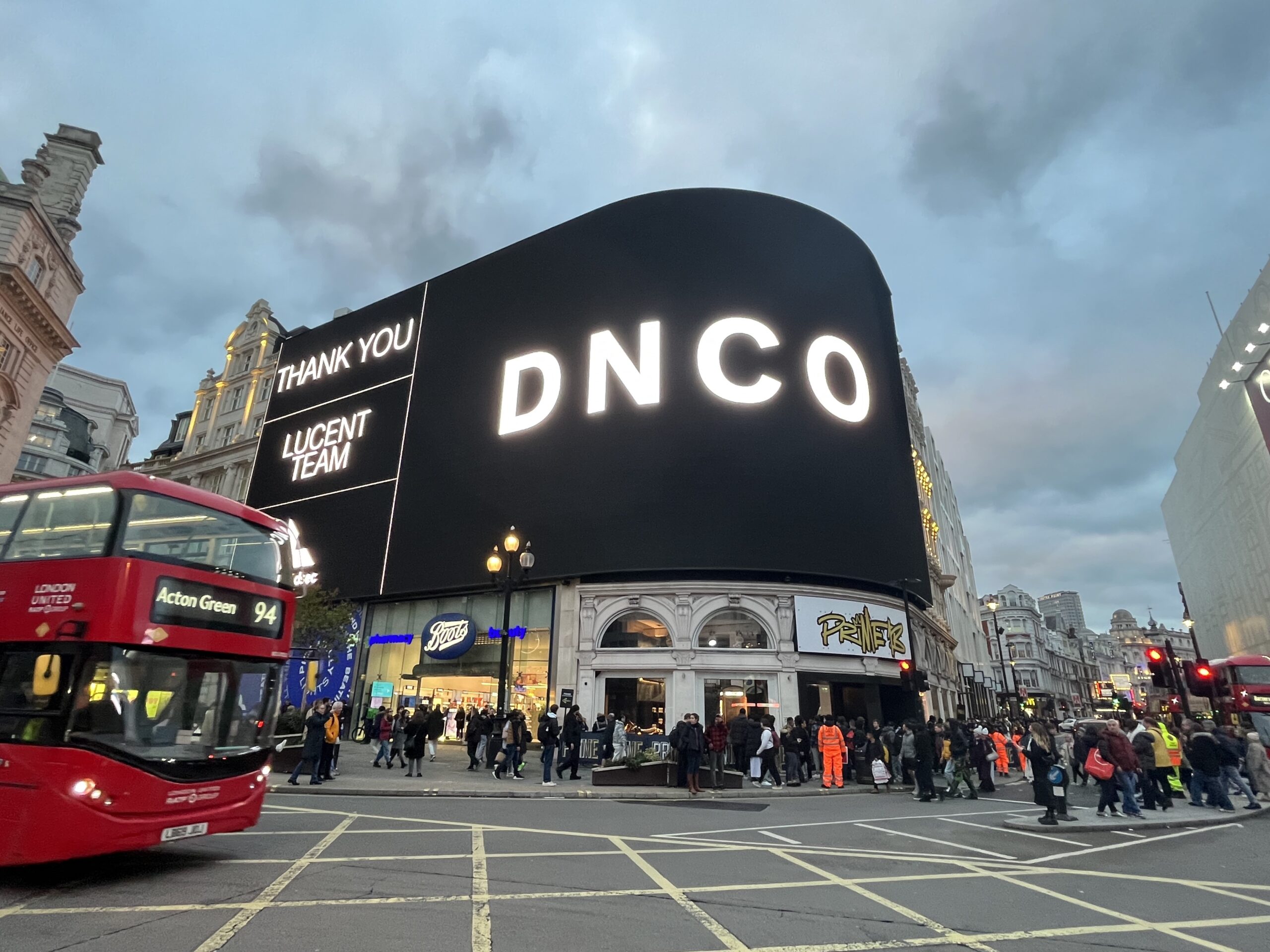
What if there was a way to engender loyalty, tighten partnerships, exemplify what you’re like to work with — all for free?
Servers in American restaurants have an instantaneous way of getting feedback — the tip. Here’s what your tip is saying: 25% tip — Blown away, and you’ll tell your friends. 20% tip — Thanks, and you’ll be back. 15% tip — Not impressed, veiled aggression. Zero tip — Really unhappy, probably complained, you’ll tell your friends not to go (but also you might want to not show your face there again either; no tip is a serious insult).
In the creative industries, we don’t get tips. I remember earlier in my career we would receive handwritten thank you letters, crates of wine or be taken out to dinner. I even had a folder in my email called ‘good news’ to collect the moments where clients went out of their way to say thank you. I do miss these gracious ends to a project that have mostly fallen by the wayside.
But we do as agencies have something much more valuable than thank you gifts: repeat business, recommendations to others — and the now lesser-spotted public acknowledgment and credit. The ‘hat tip’ let’s call it. And for clients, it is absolutely 100% free to give.
“The gratitude economy creates an upward spiral of creativity, where both client and agency inspire each other to reach new heights.”
There are two types of client relationships: transactional and partnership. In transactional, the commissioning client needs a thing, gets it, pays for it, and the transaction is over. In a partnership, both parties feel dedicated to a results-driven mission, work hard together and celebrate each other’s role in the process towards success. In my experience, the latter is more successful, and is where we see clients benefit from using the bankable currency that is gratitude — banked and saved in the minds of your partners.
The gratitude economy thrives on a culture of recognition and appreciation. By publicly acknowledging the agency's contributions, clients encourage a collaborative atmosphere that fosters creativity and innovation. Agencies feel more motivated to bring fresh ideas to the table when they know their efforts will be recognized and applauded. It’s human nature. The result is an upward spiral of creativity, where both client and agency inspire each other to reach new heights.
Yes of course agencies must be paid, and paid appropriately for work — I’m not suggesting gratitude is a way to take 10% off your spend (we still can’t take that thank you to pay our electricity bill). But I am highlighting a free way to engender loyalty, tighten partnerships, and to show other agencies what you’re like to work with. There is more value in a business publicly acknowledging collaborators than there is making it look like it all magically happened on its own.
“We like to ask, ‘What’s the cost of doing nothing?’ In the case of gratitude, the cost is a fractionally weaker relationship. And in this day and age, marginal gains are everything.”
The value of publicly thanking a team on a rebrand for the agency is self-evident: it generates awareness and credibility, drives new business and widens their talent pool. But there are gains for clients too. So how do you do it? Let’s use the American tipping model as an example.
The 15% credit would be something like a throwaway “We collaborated with [agency] on this project” as a sign off at the bottom of a linkedin post. 20% is when the commissioning company additionally asks the comms department to include a paragraph and a quote from the agency in the press release. The 25% tip is when the influential client individuals take to Linkedin and write, “We could not have achieved this result without the help and commitment of [agency]. They are great and I hope people queue at their front door after this work, they deserve it”.
Alternatively you can put your collaborators logos on the Piccadilly Lights in London’s Piccadilly Circus, as shown in the main image. To thank all the companies that contributed to their new Lucent building, Landsec put up the logos of all their partner firms on rotation for ten minutes. It cost them nothing — bar a little opportunity cost on ad revenue perhaps. But the pride and celebration it inspired in all the companies that crowded Piccadilly Circus to have selfies in front of their company names in lights was indescribable, and unforgettable.
At DNCO we like to ask, “What’s the cost of doing nothing?” as part of our work implementing projects to spur action. In the case of gratitude, the cost of doing nothing is a fractionally weaker relationship. And in this day and age, marginal gains are everything.
Give your agencies the hat tip and reap the rewards.
Photo at top: Landsec celebrate the agencies who have helped launch the iconic new Lucent building in lights at Piccadilly Circus. Credit: Zoë Barrett